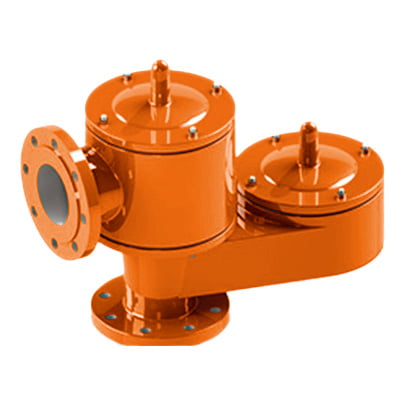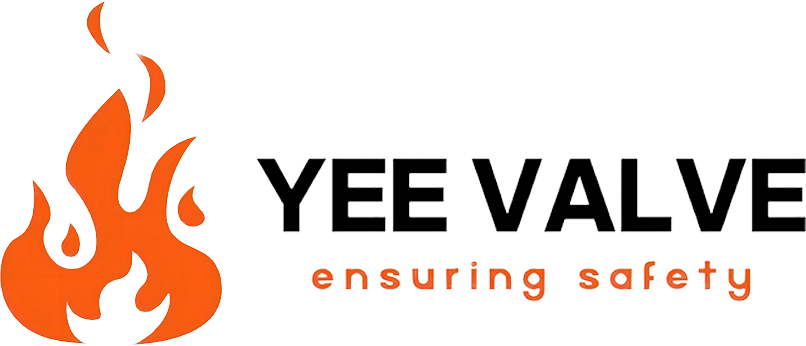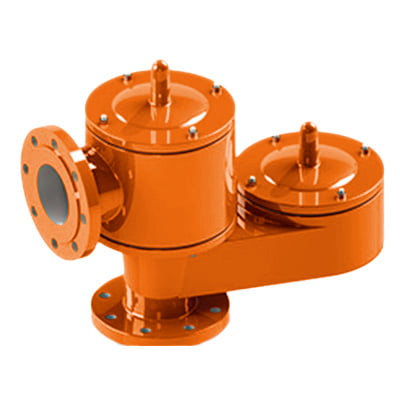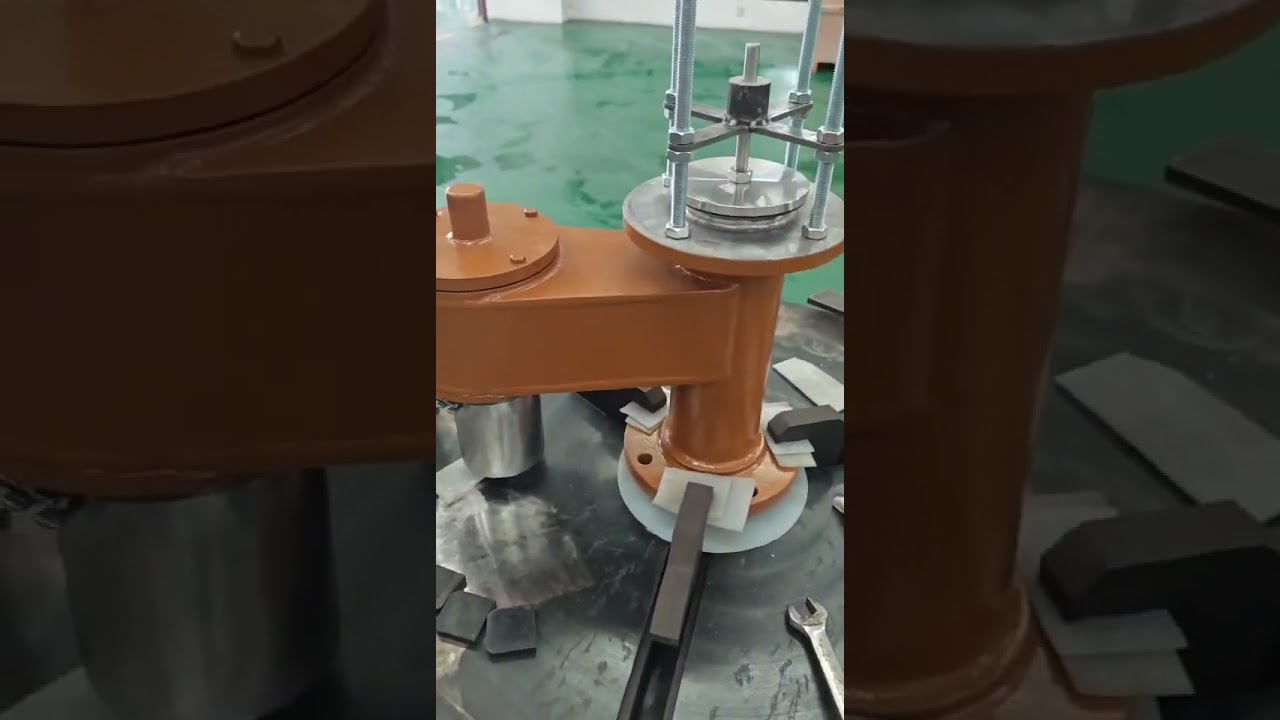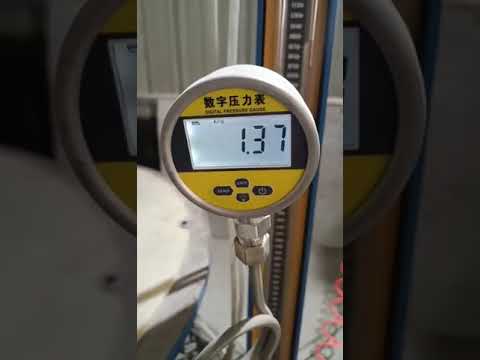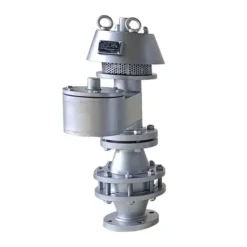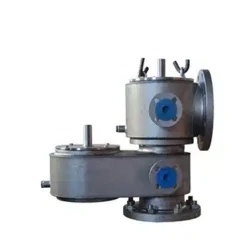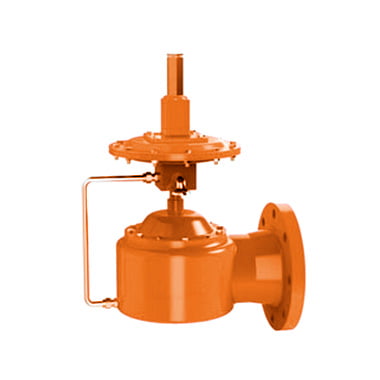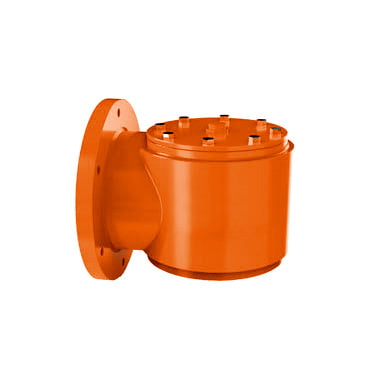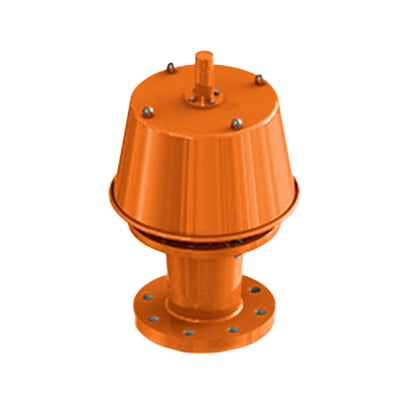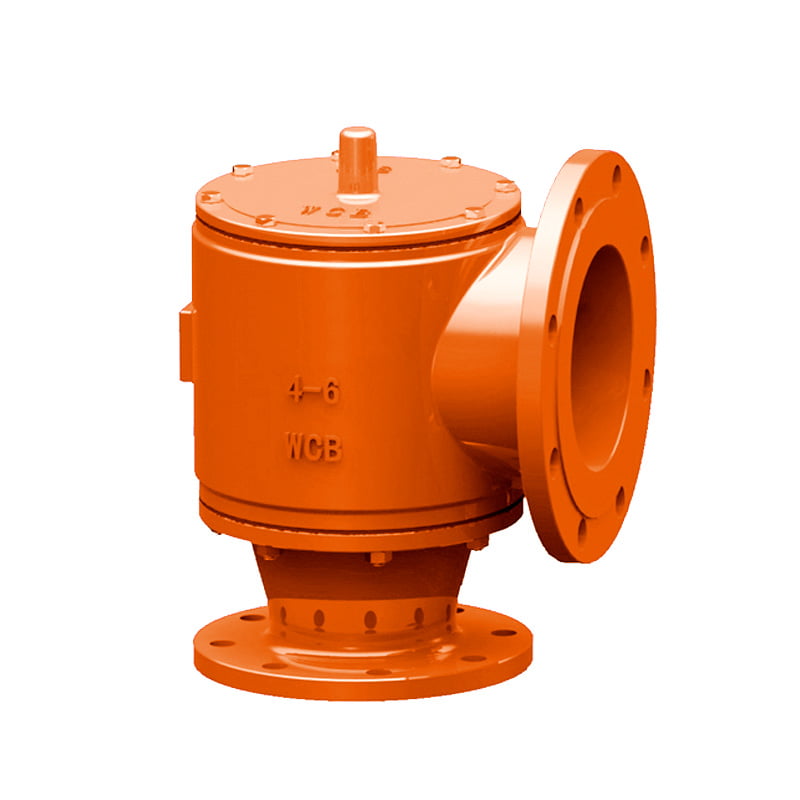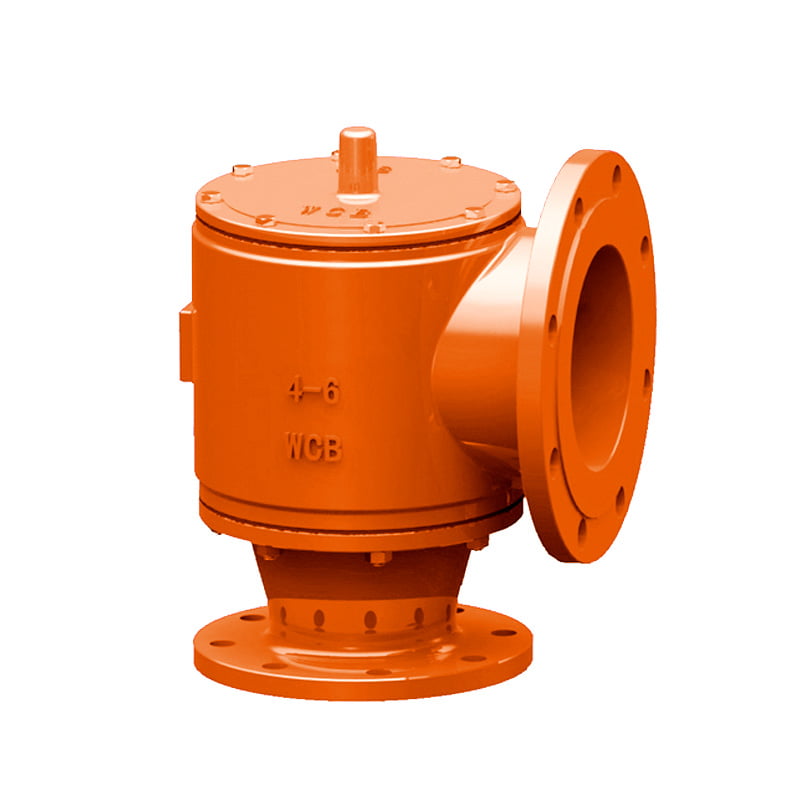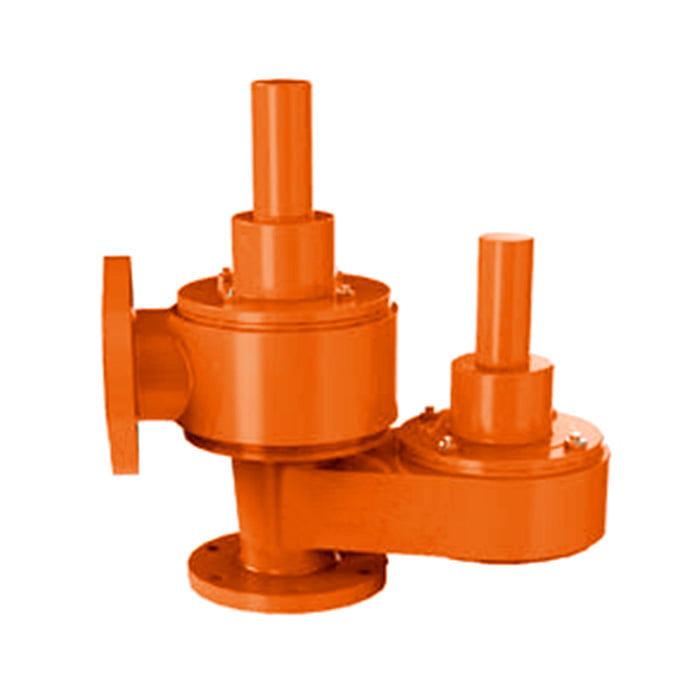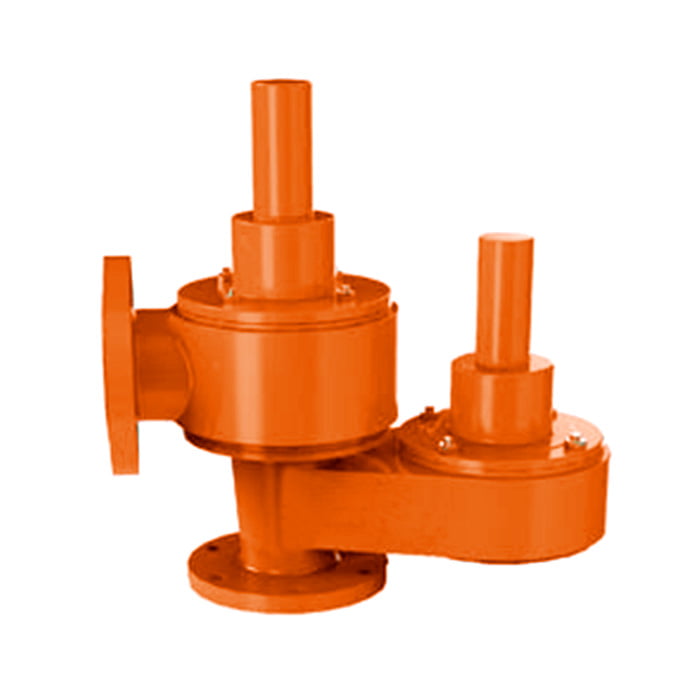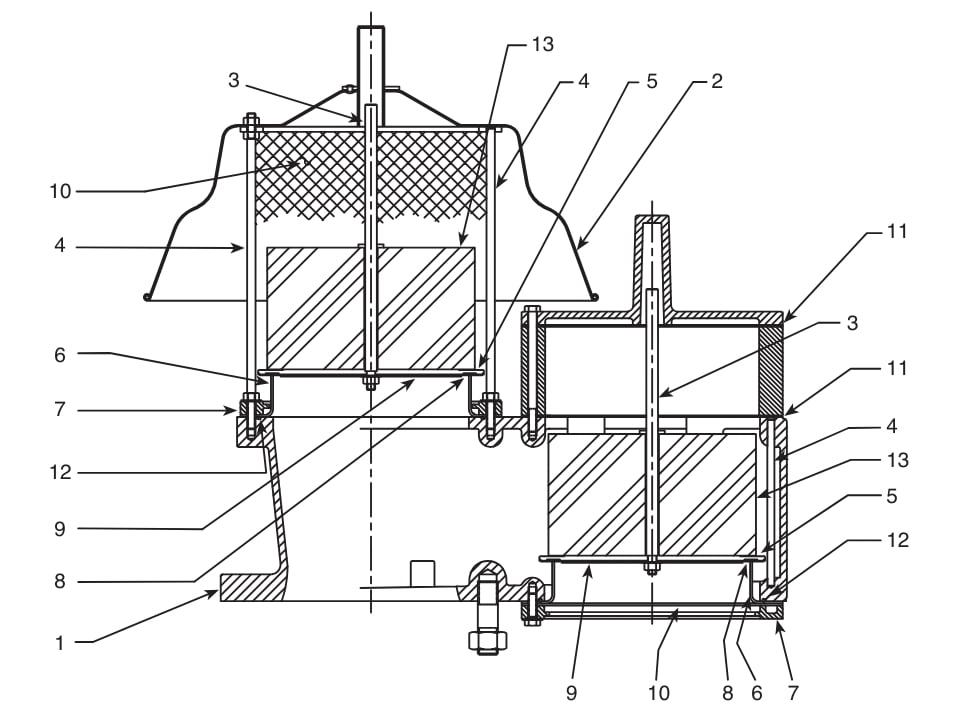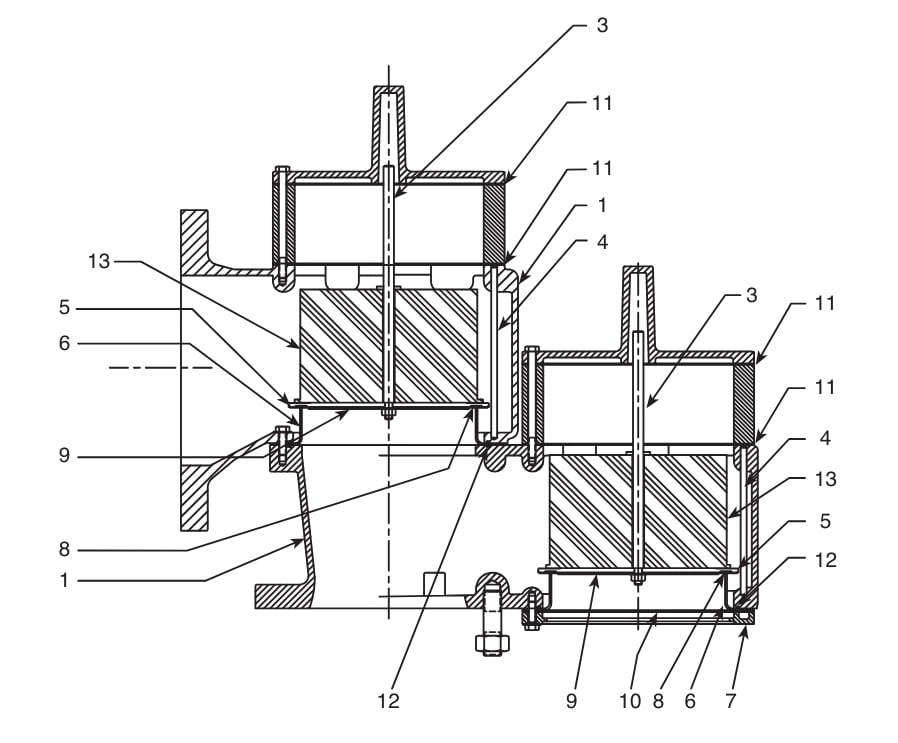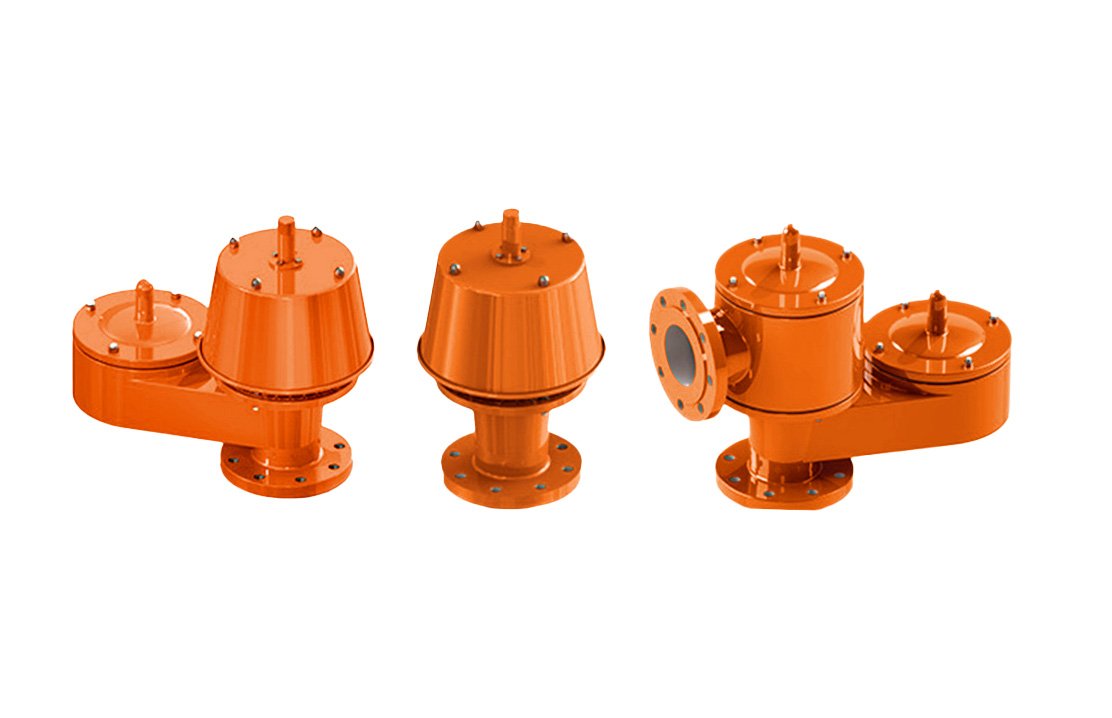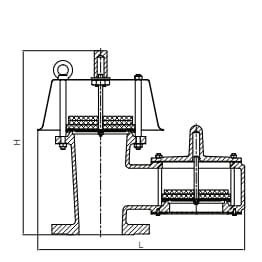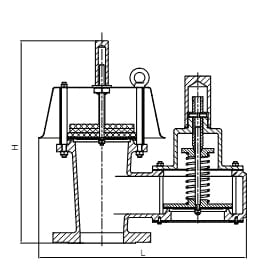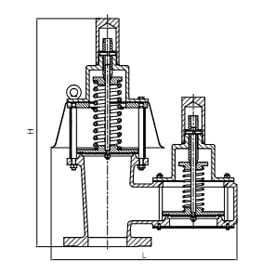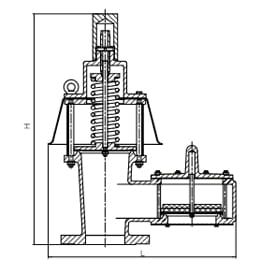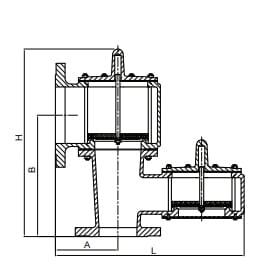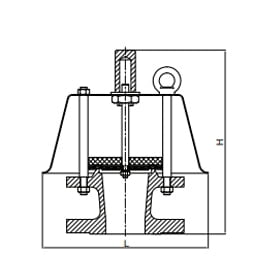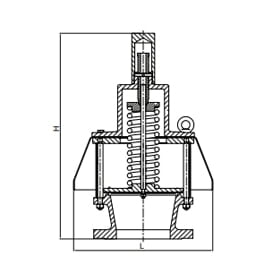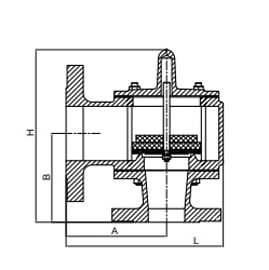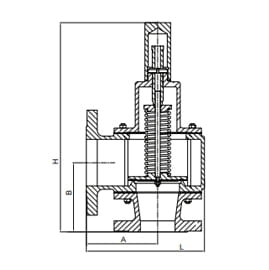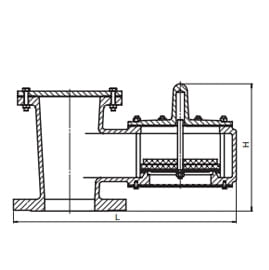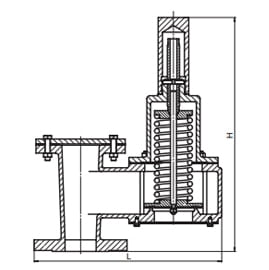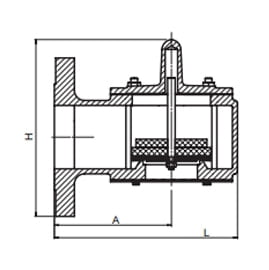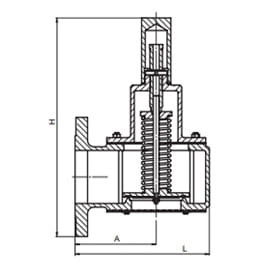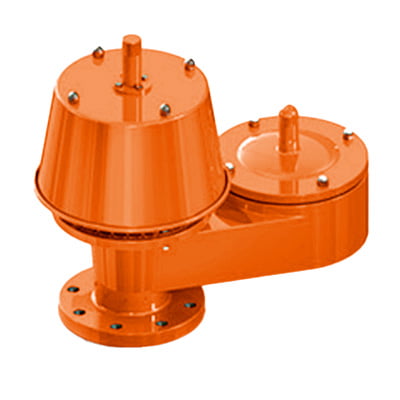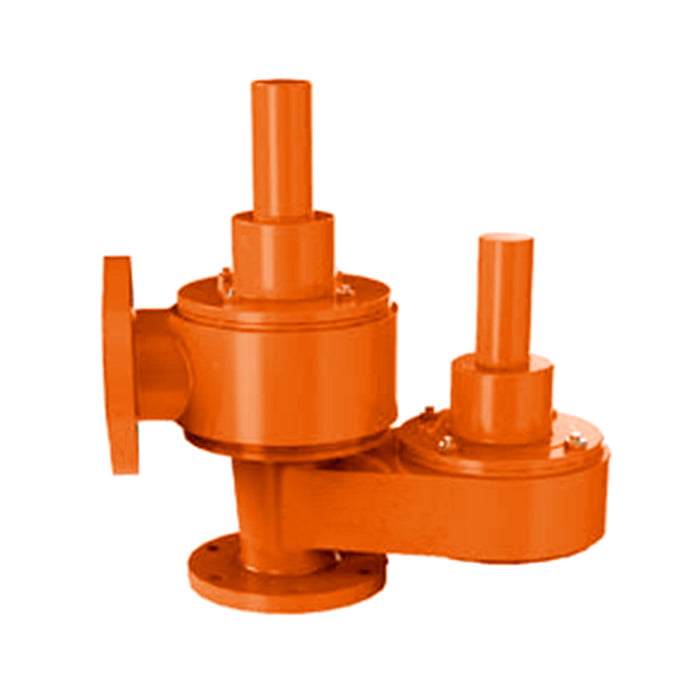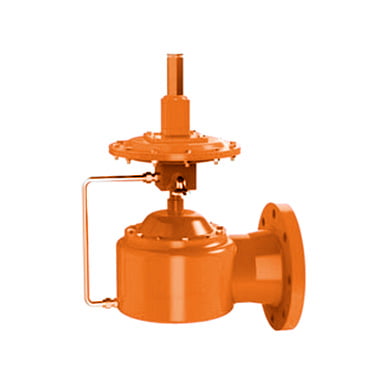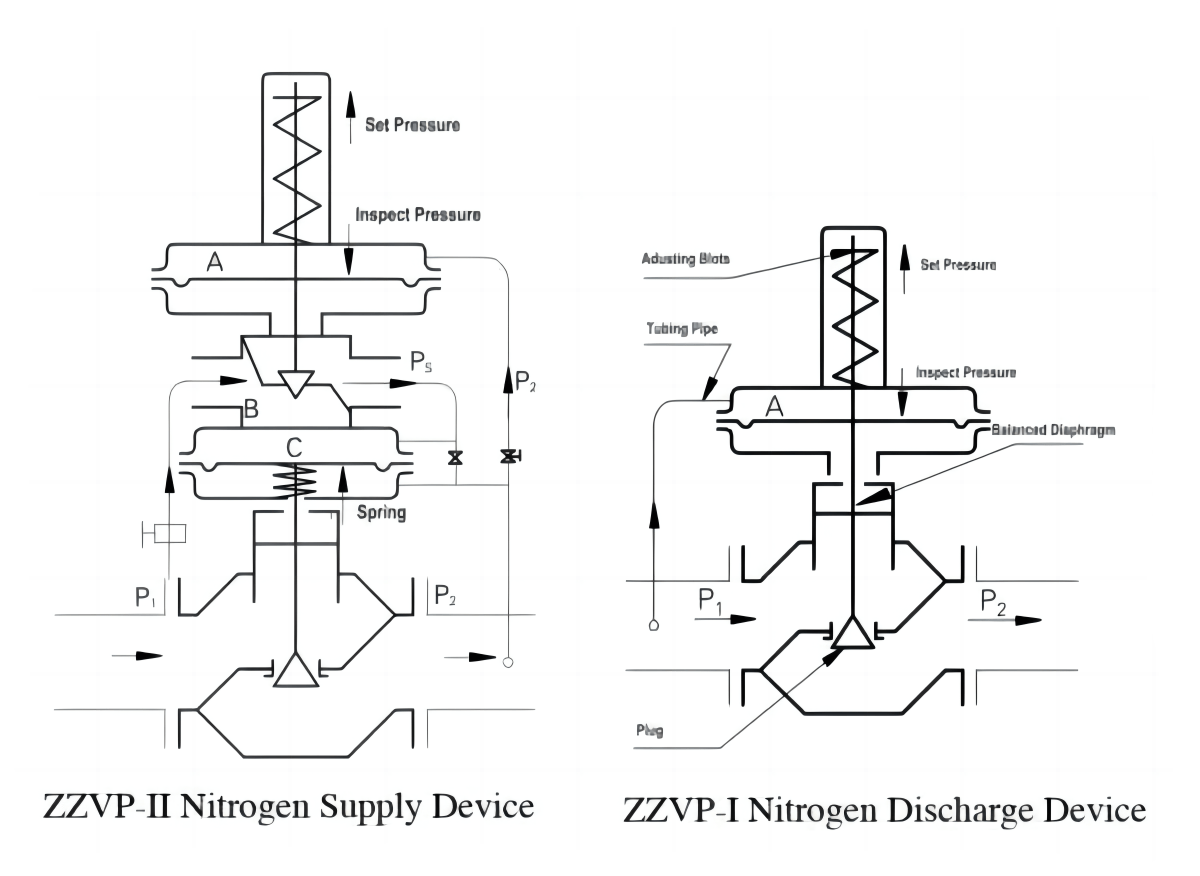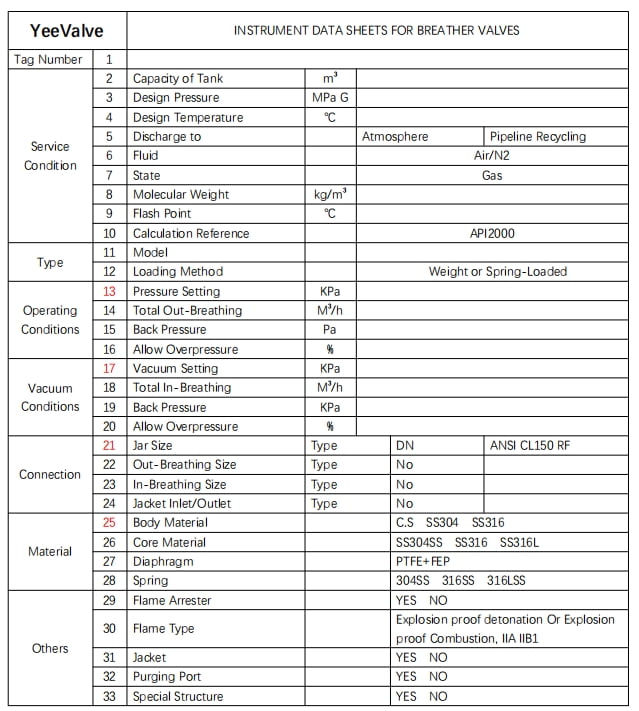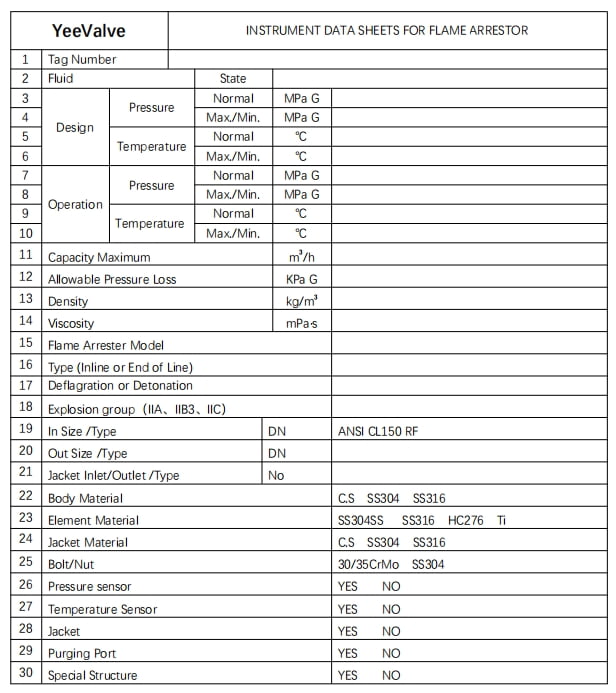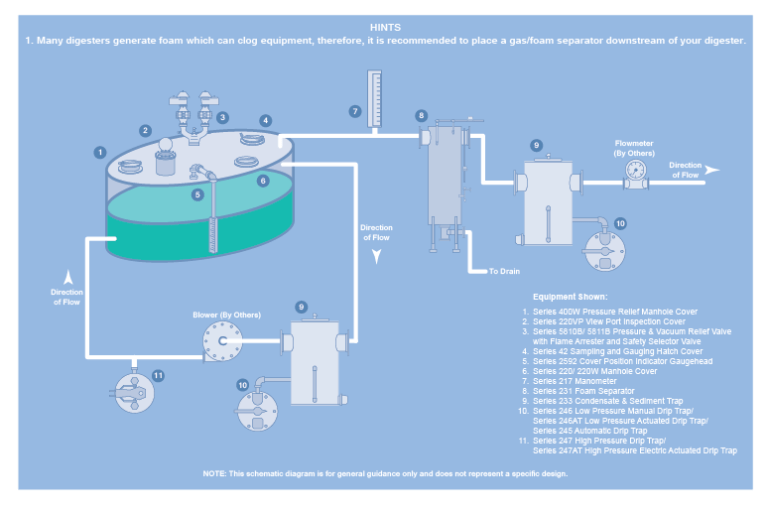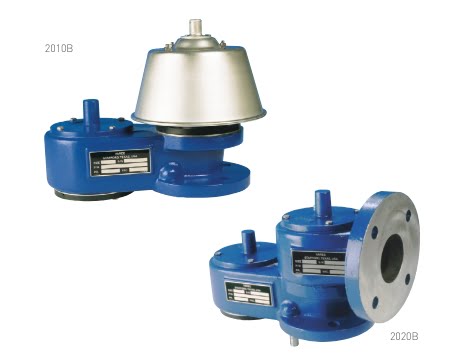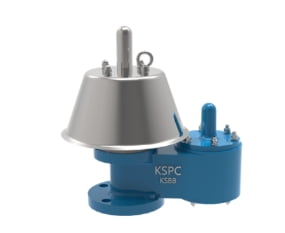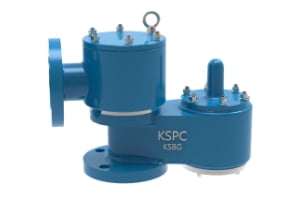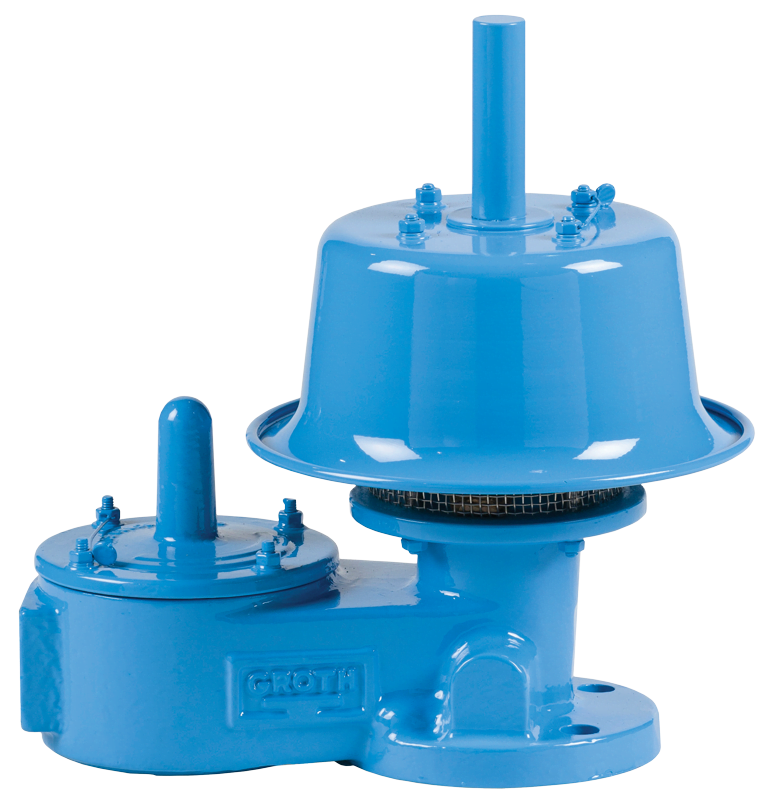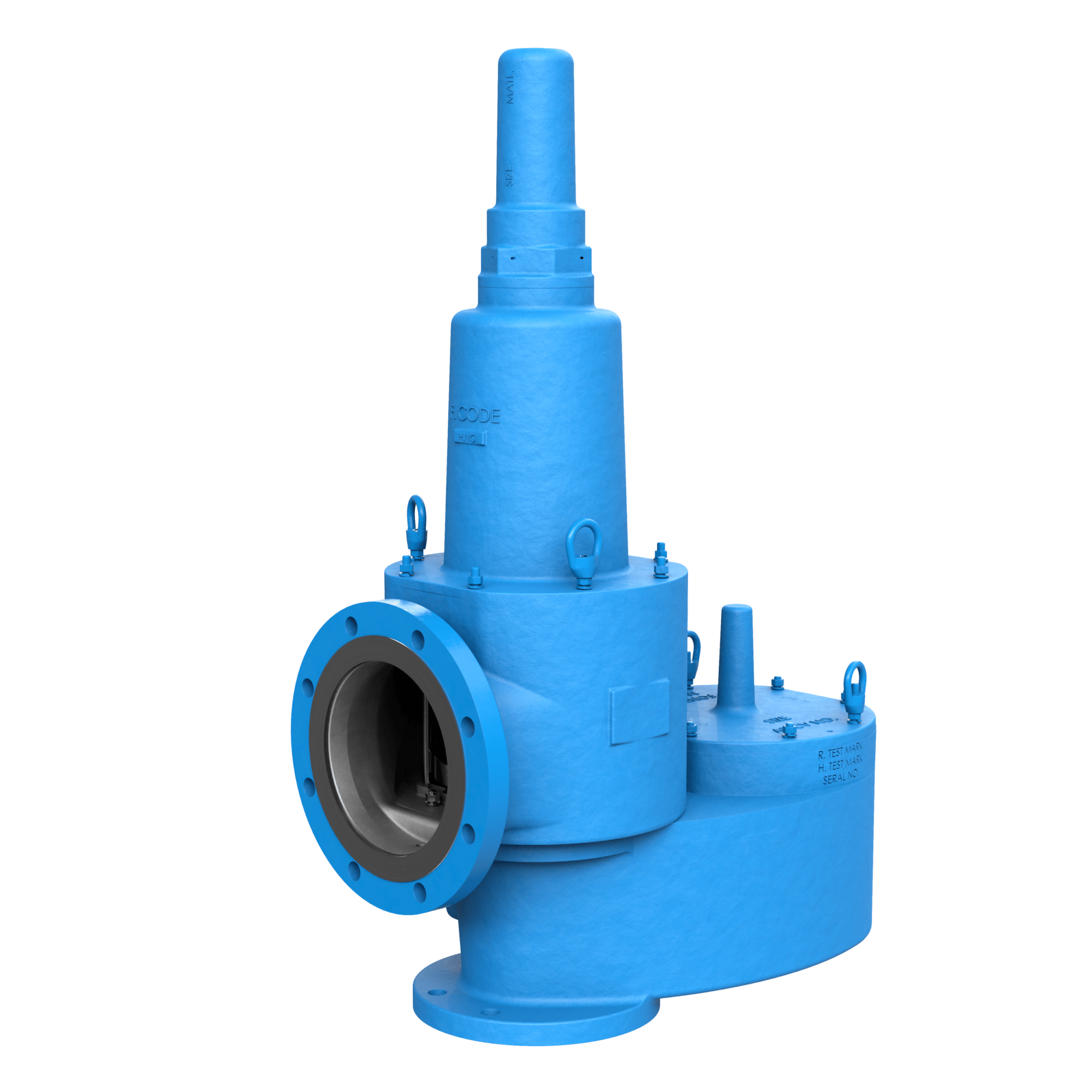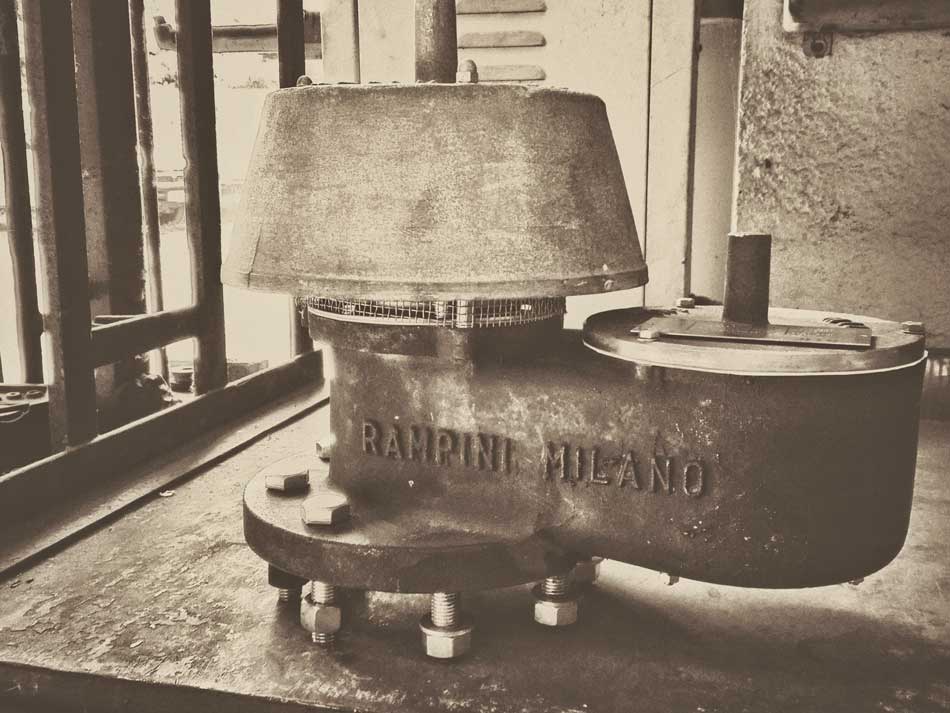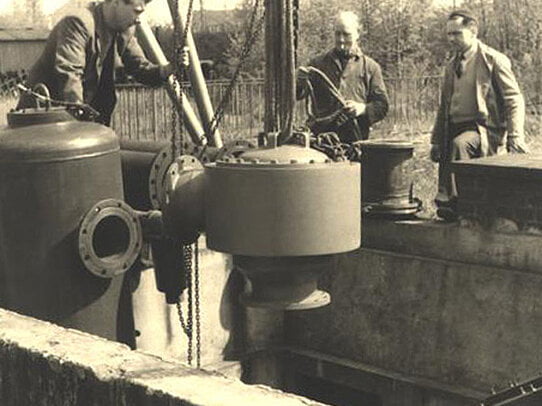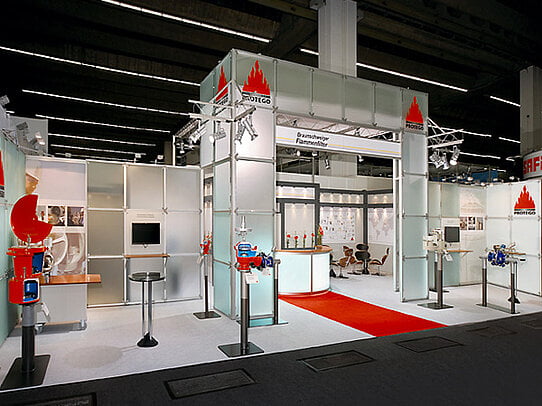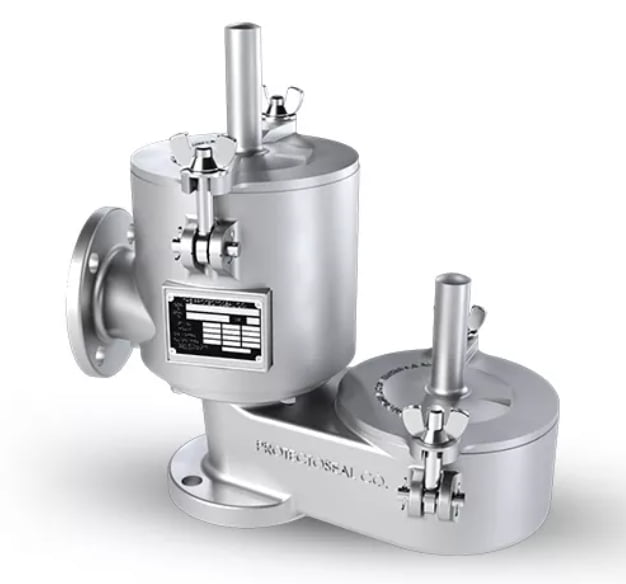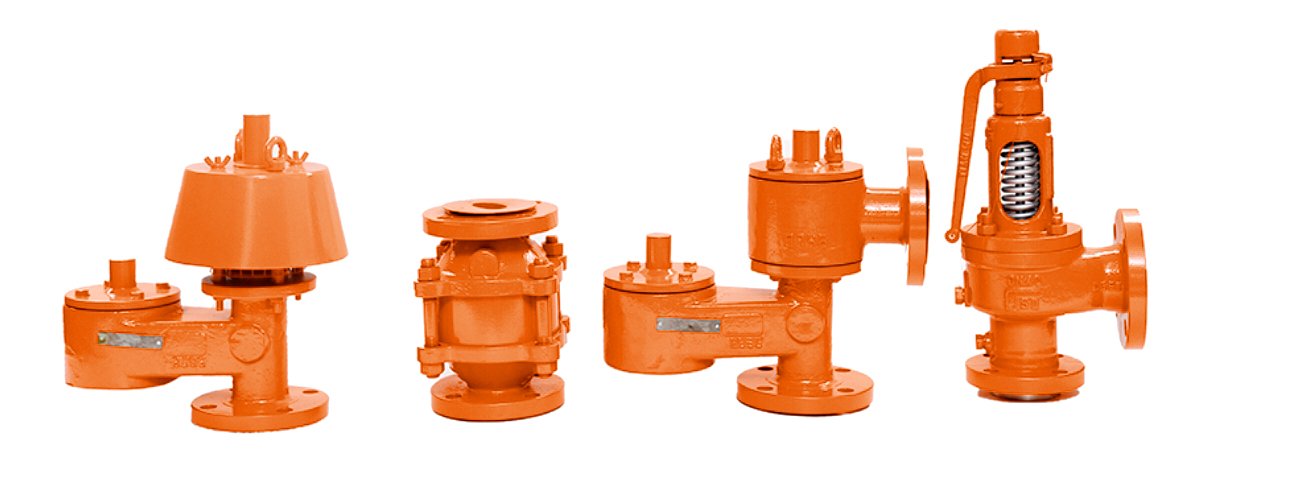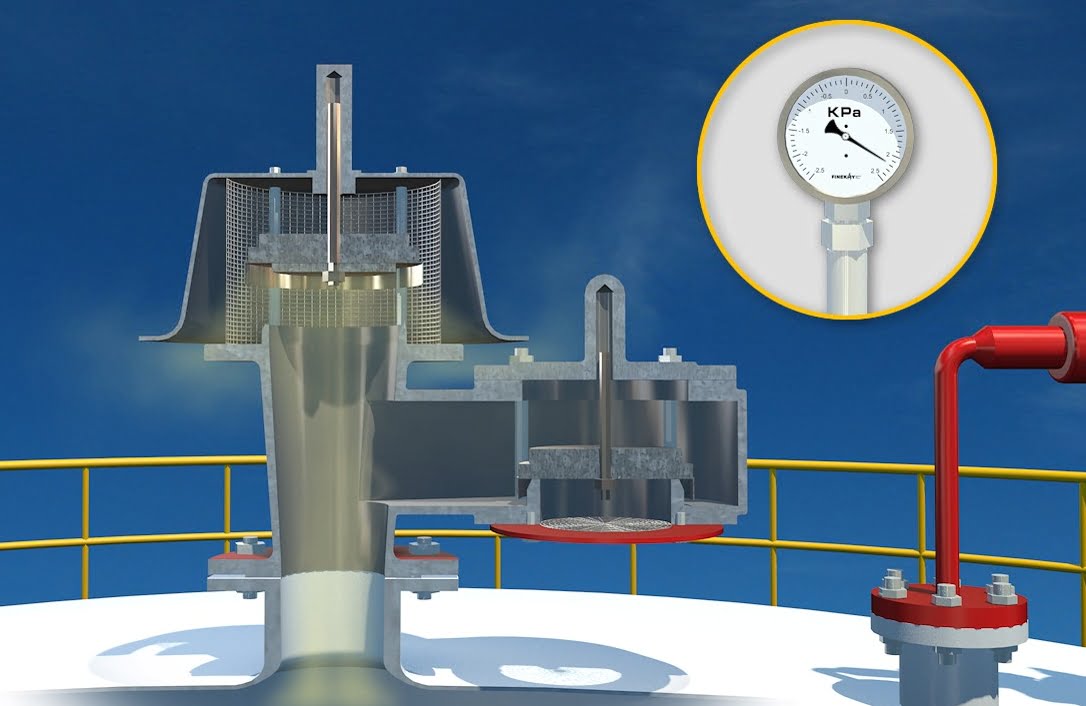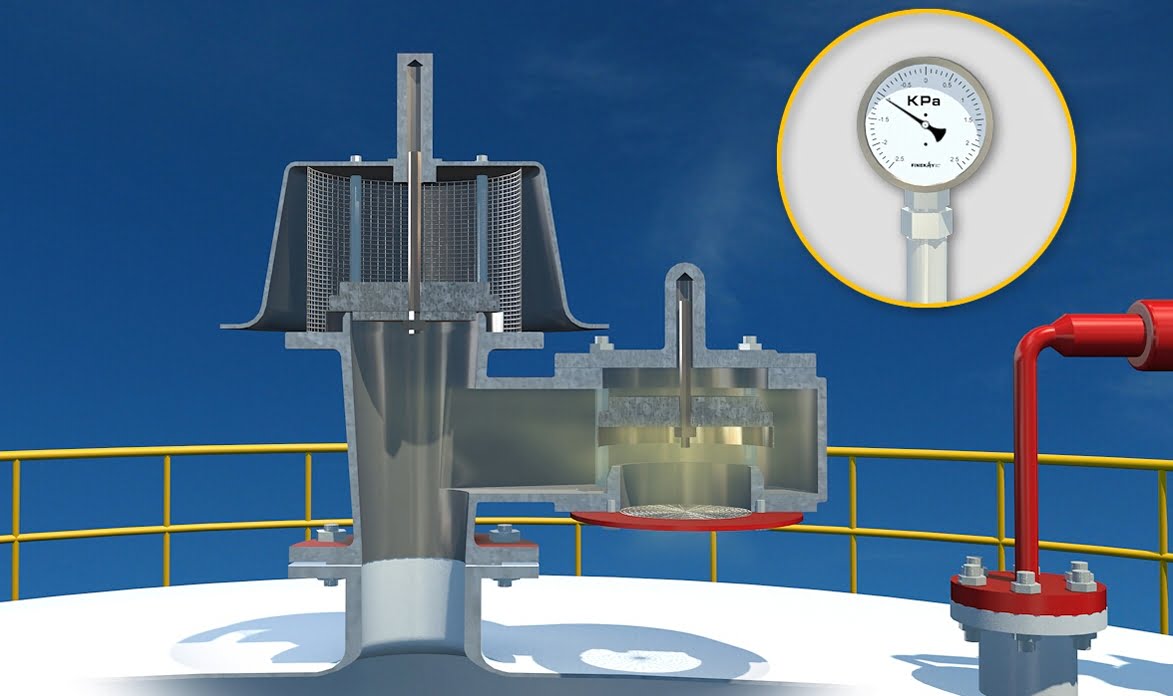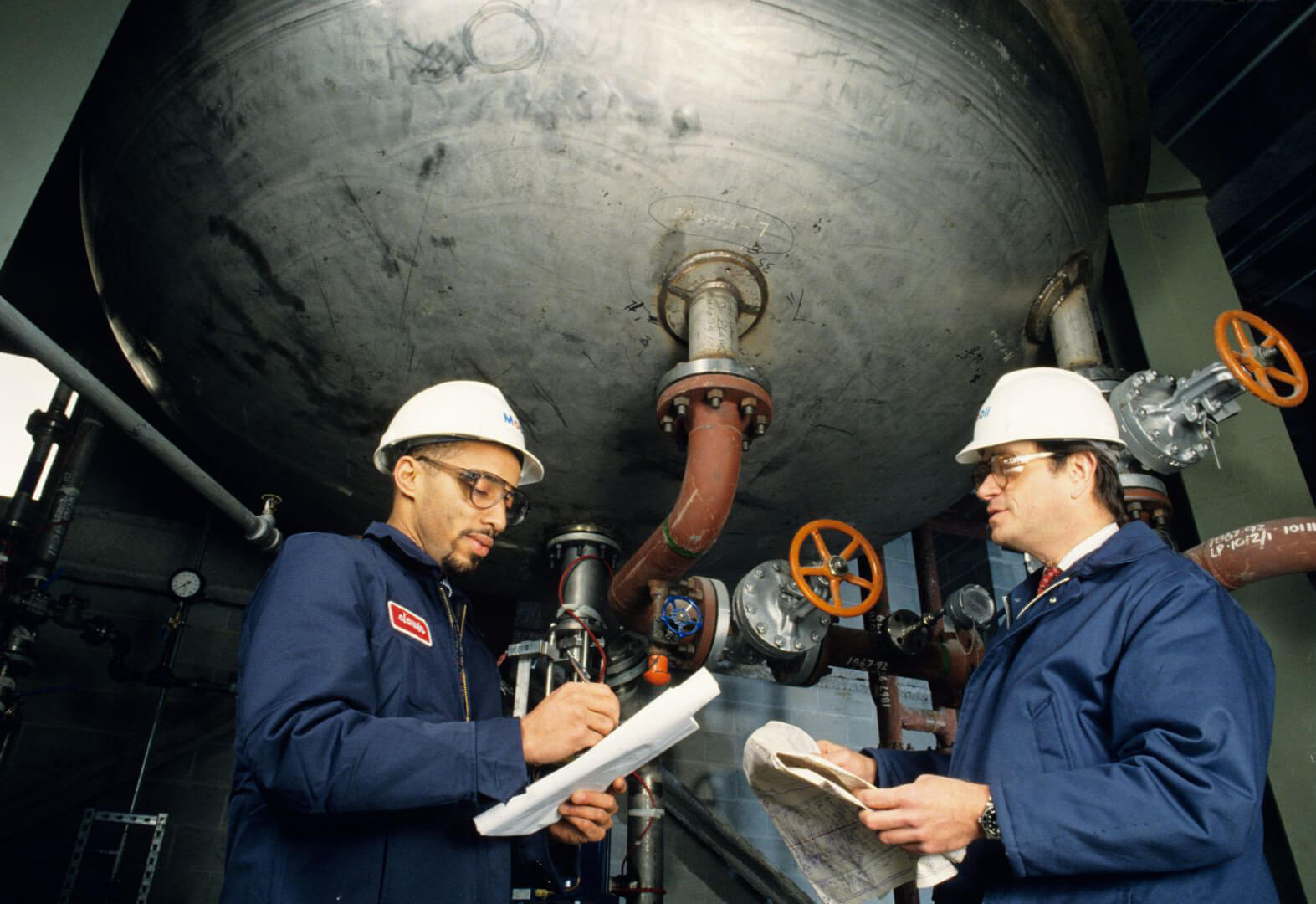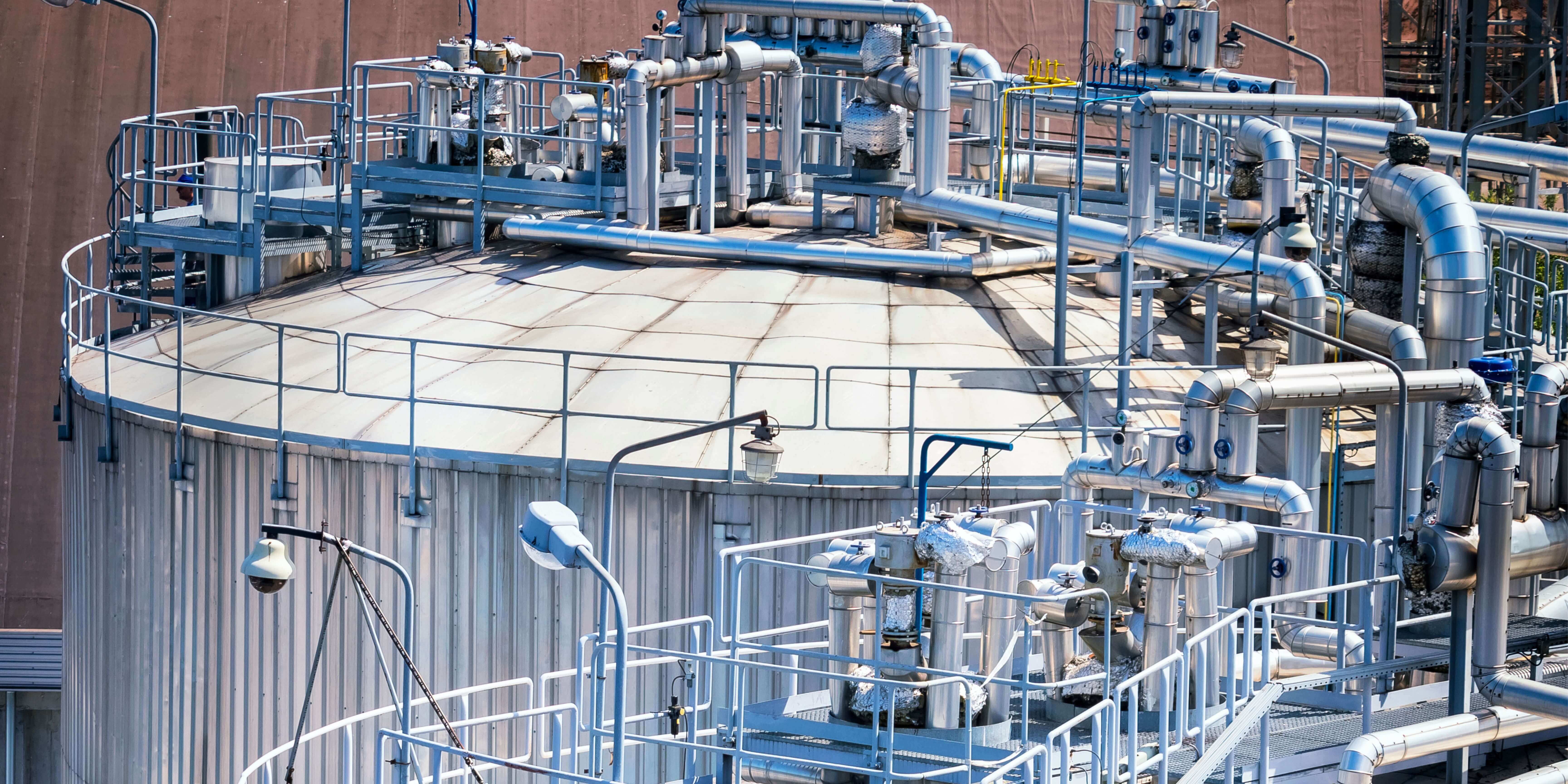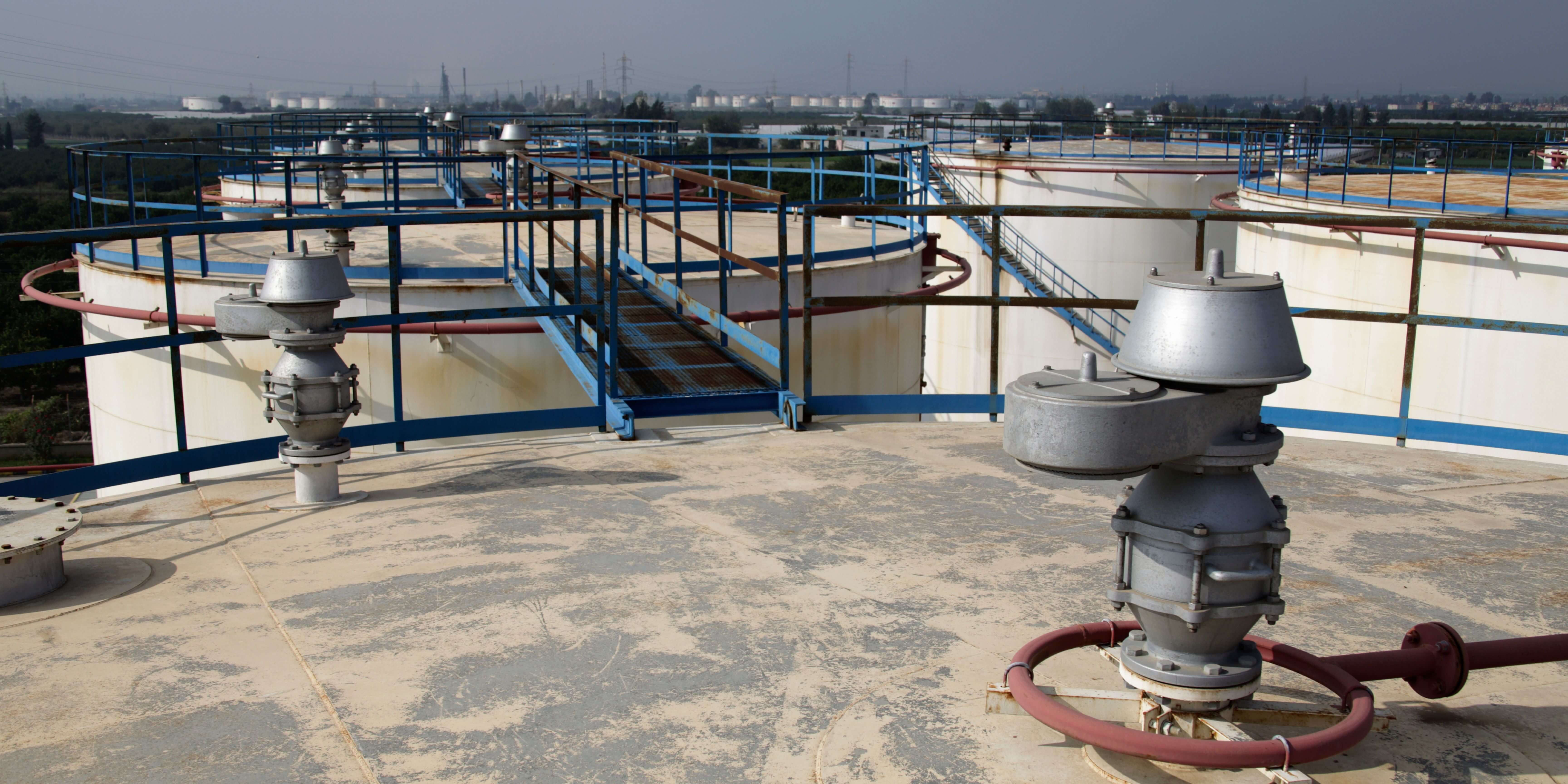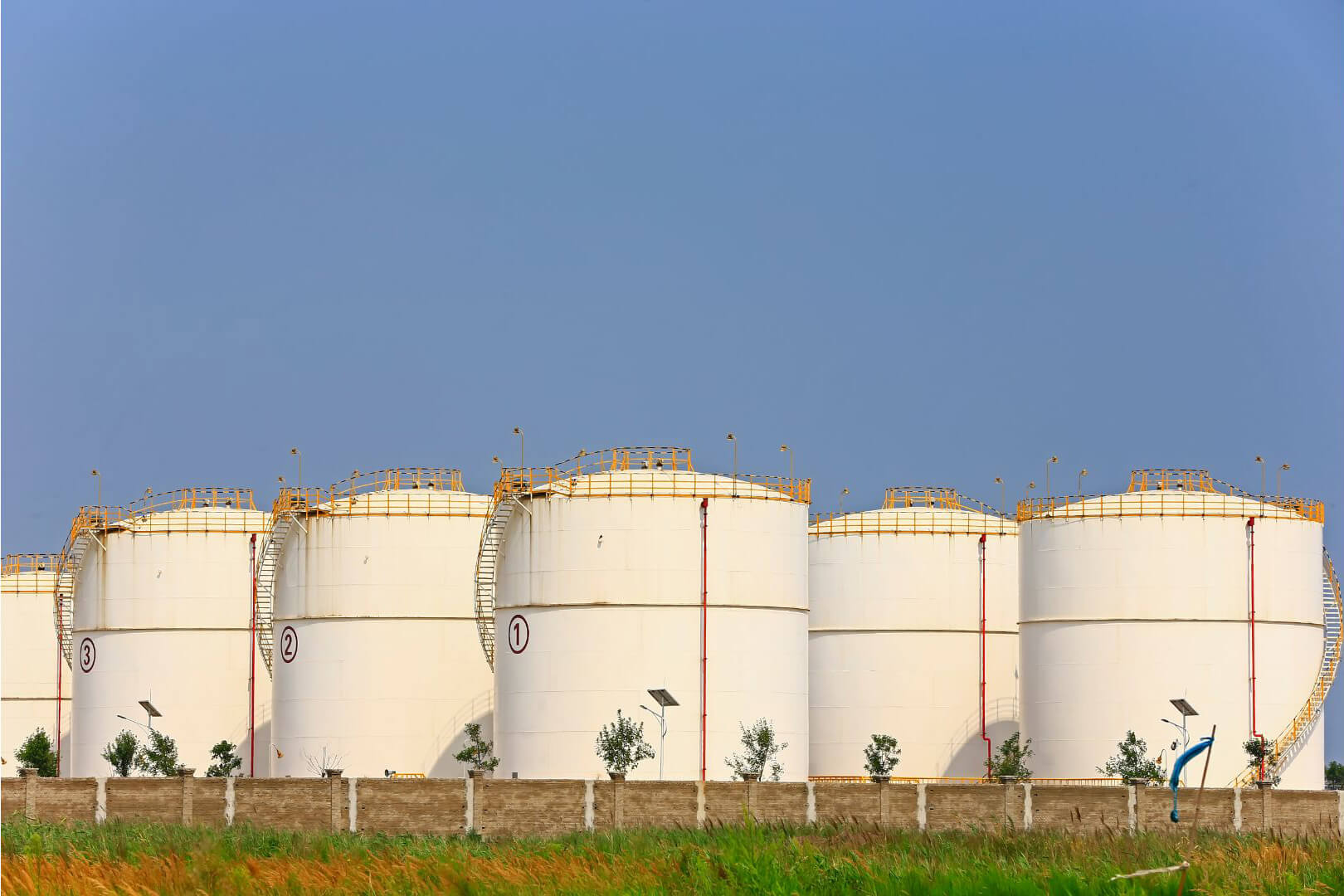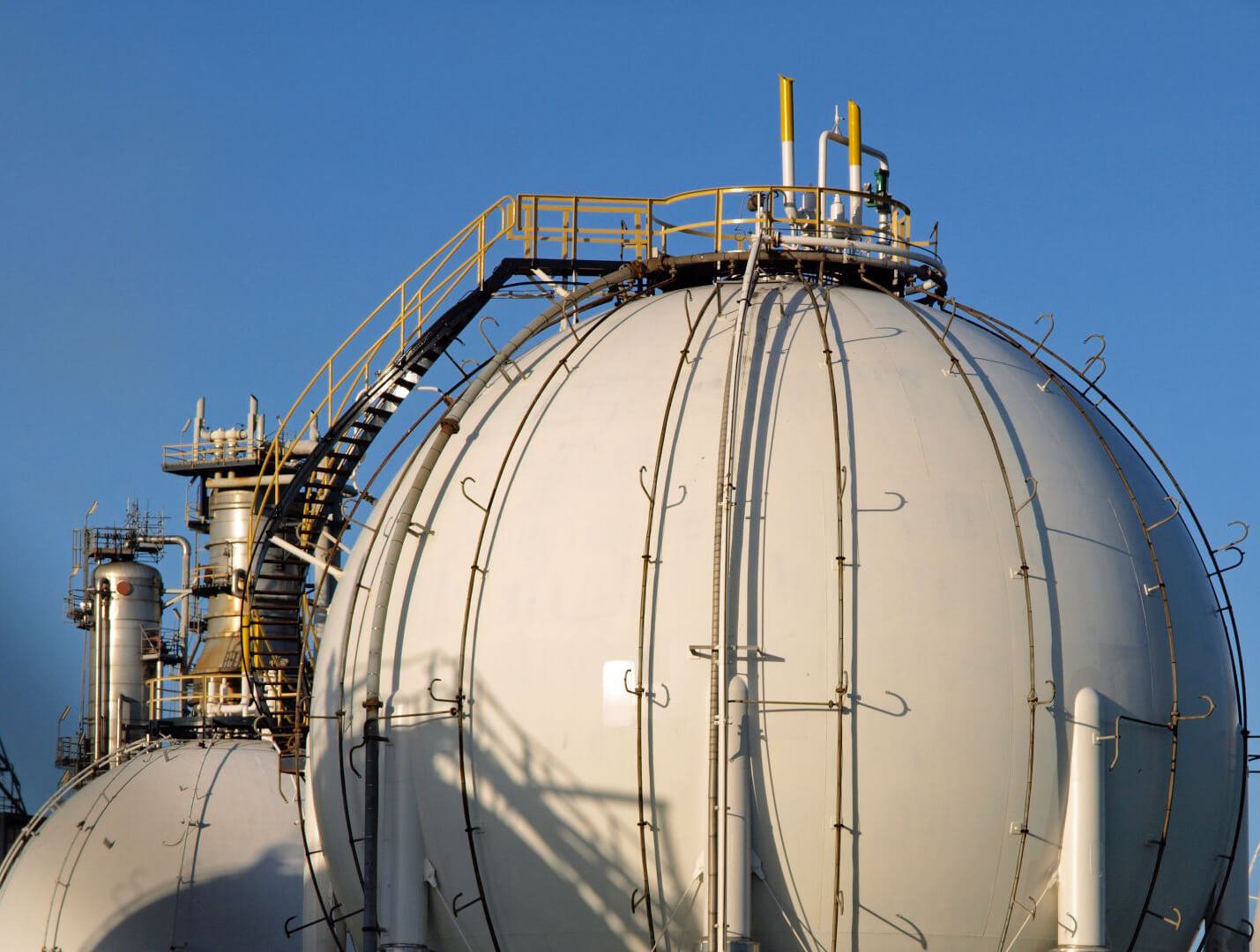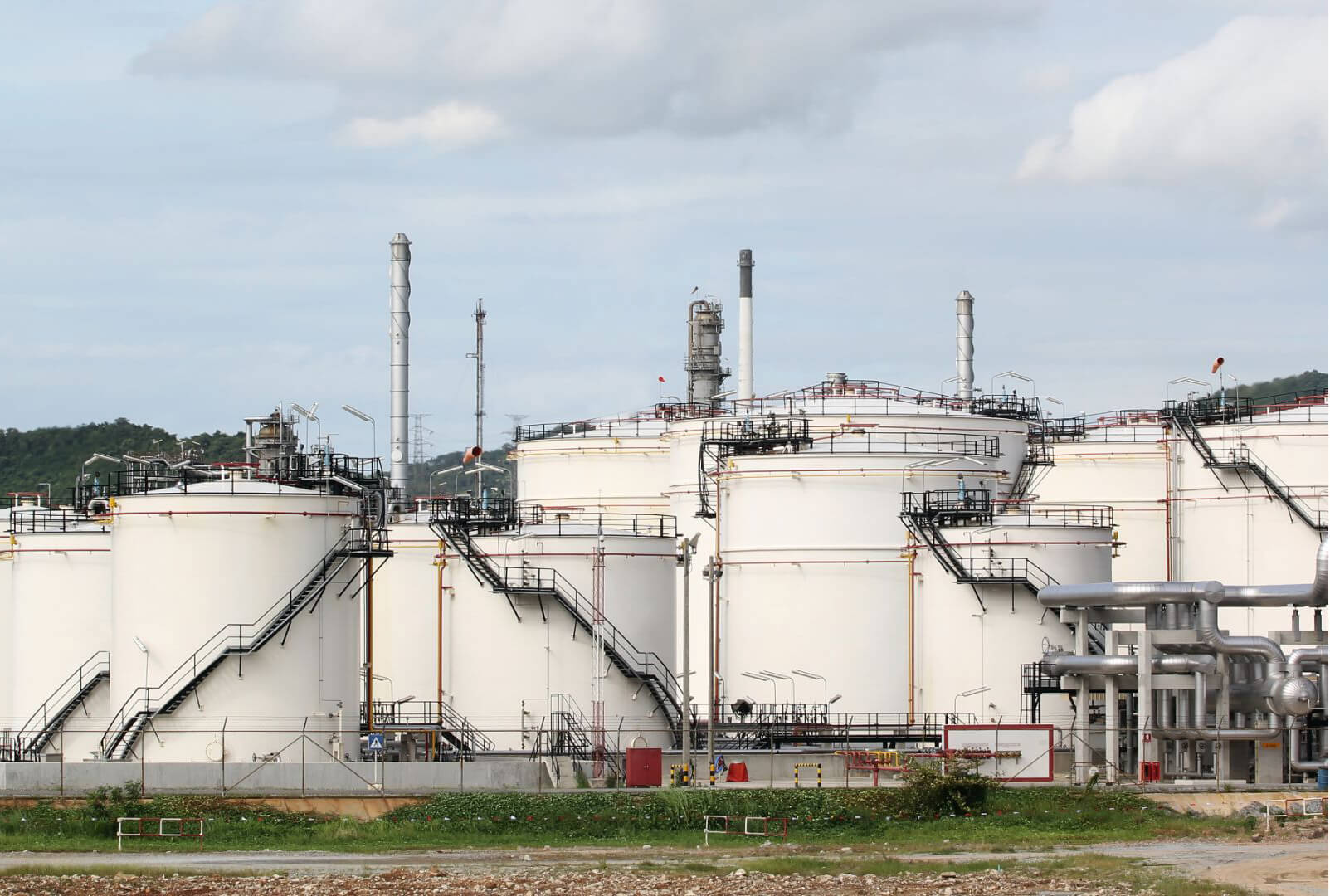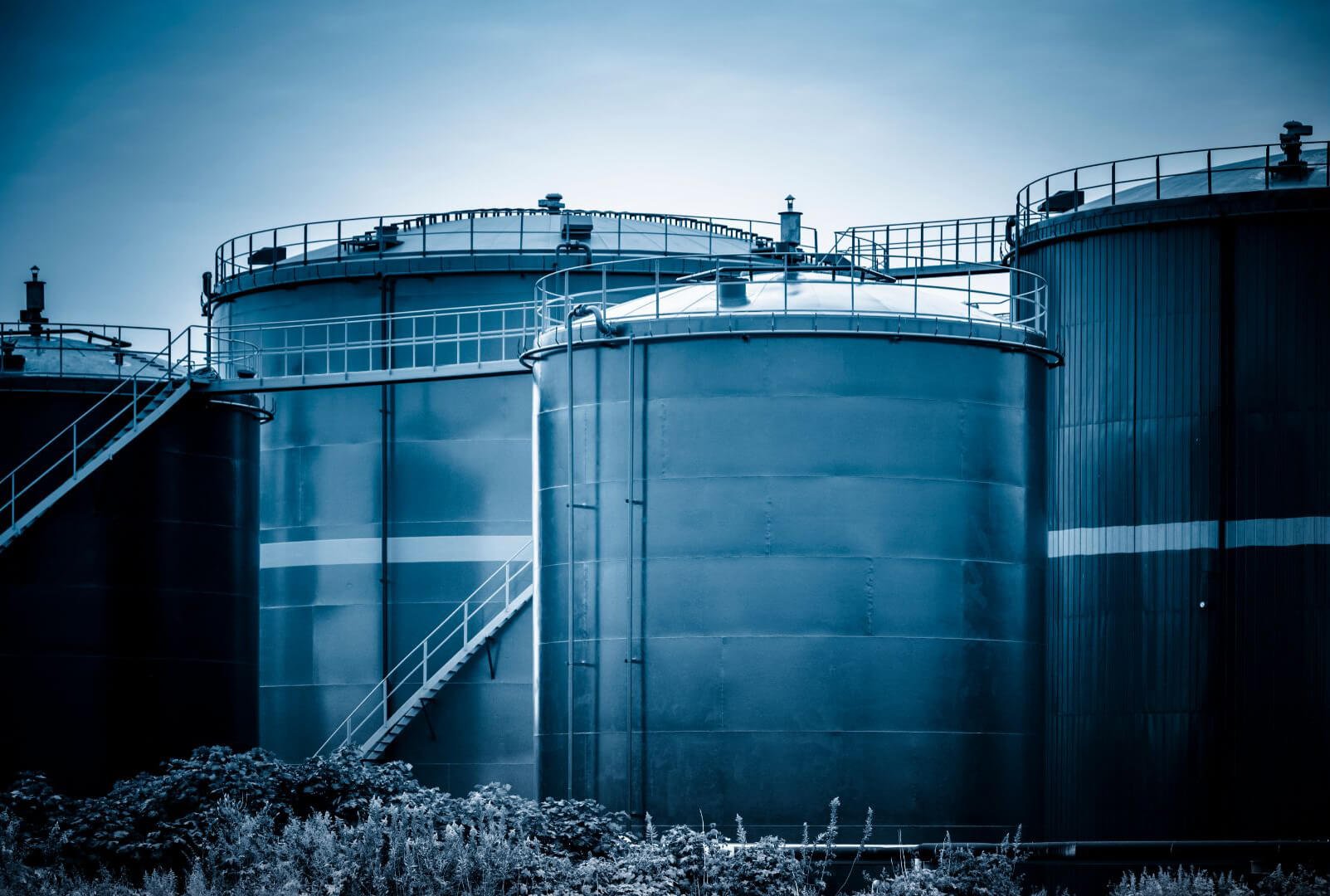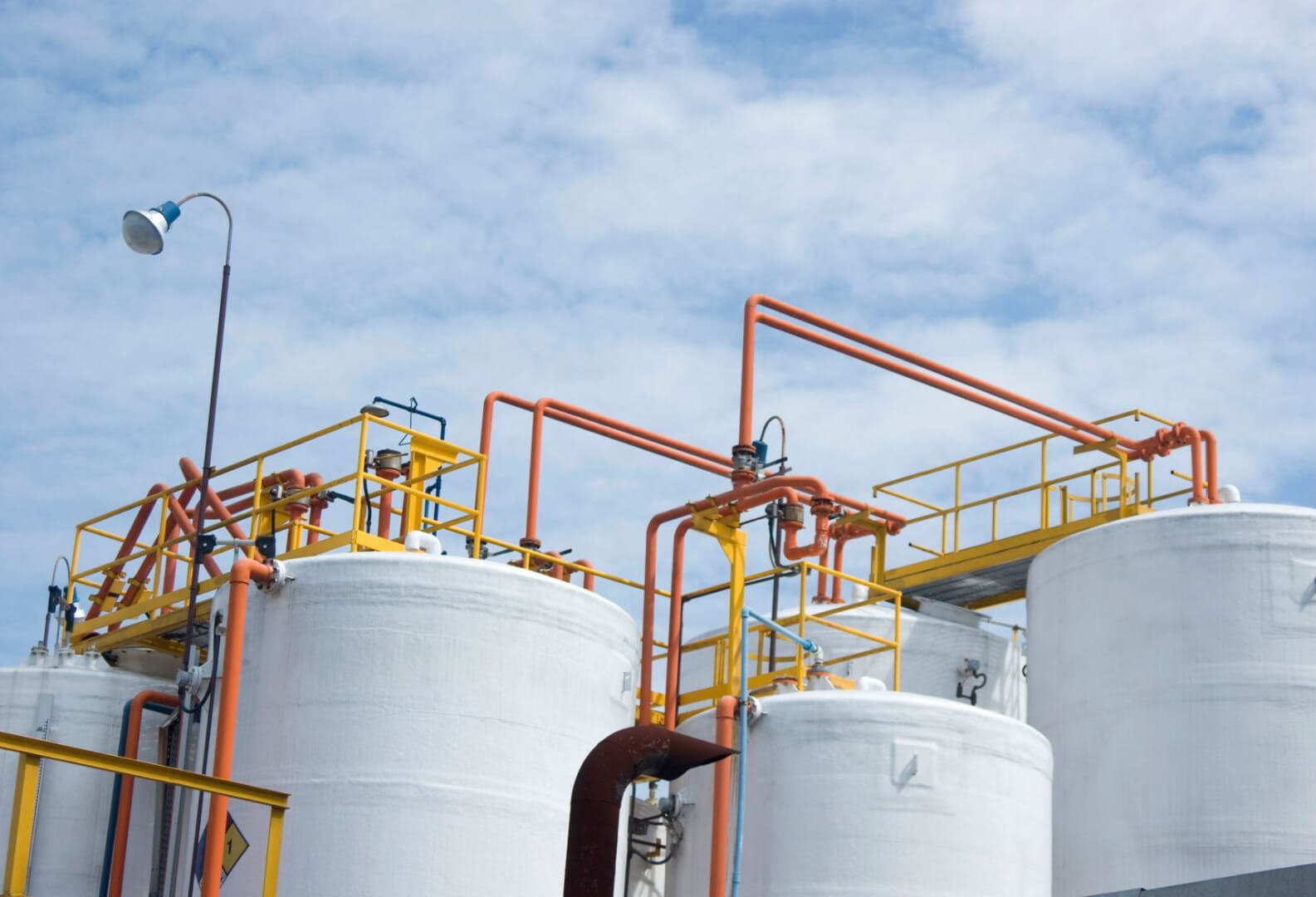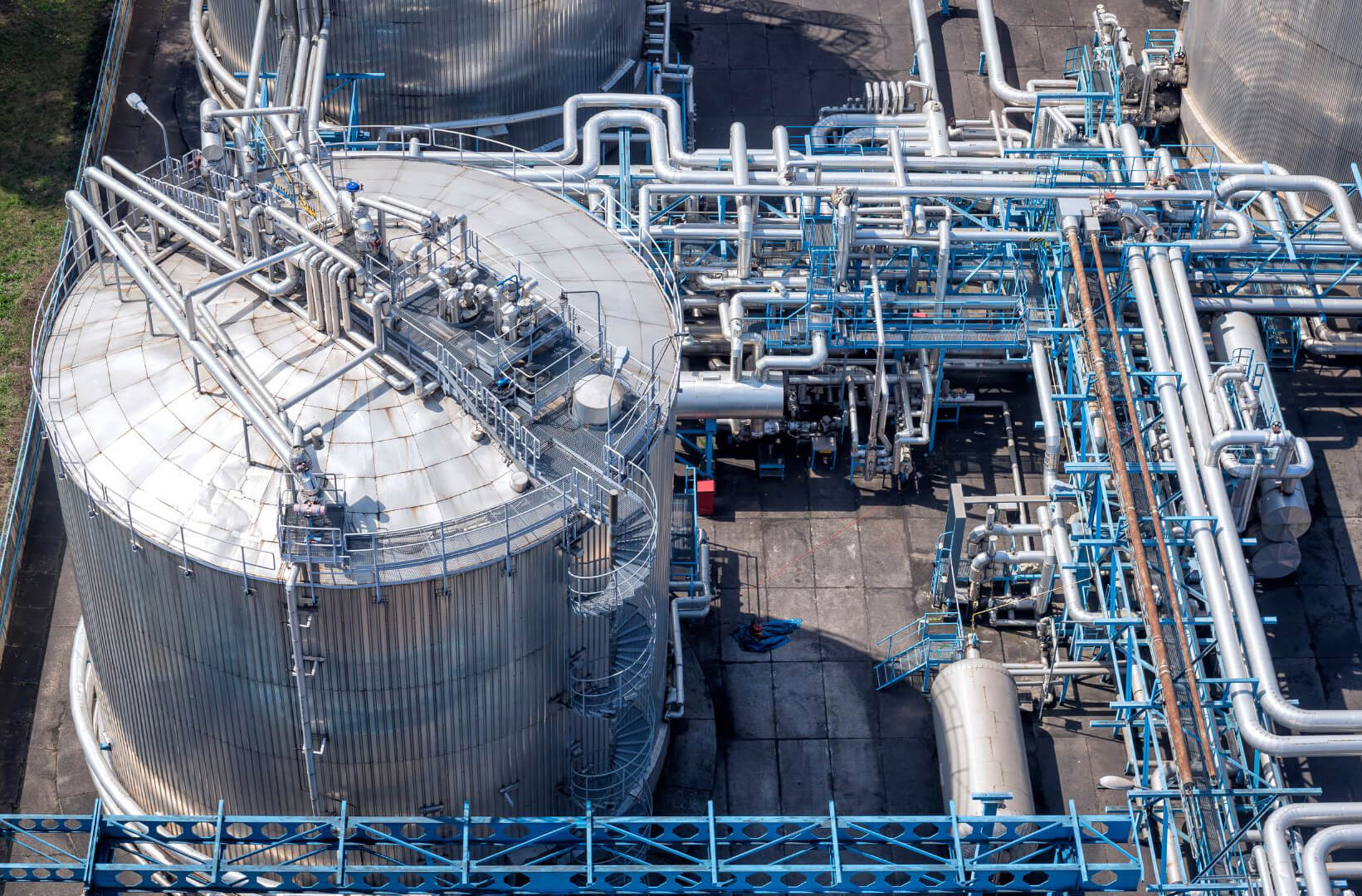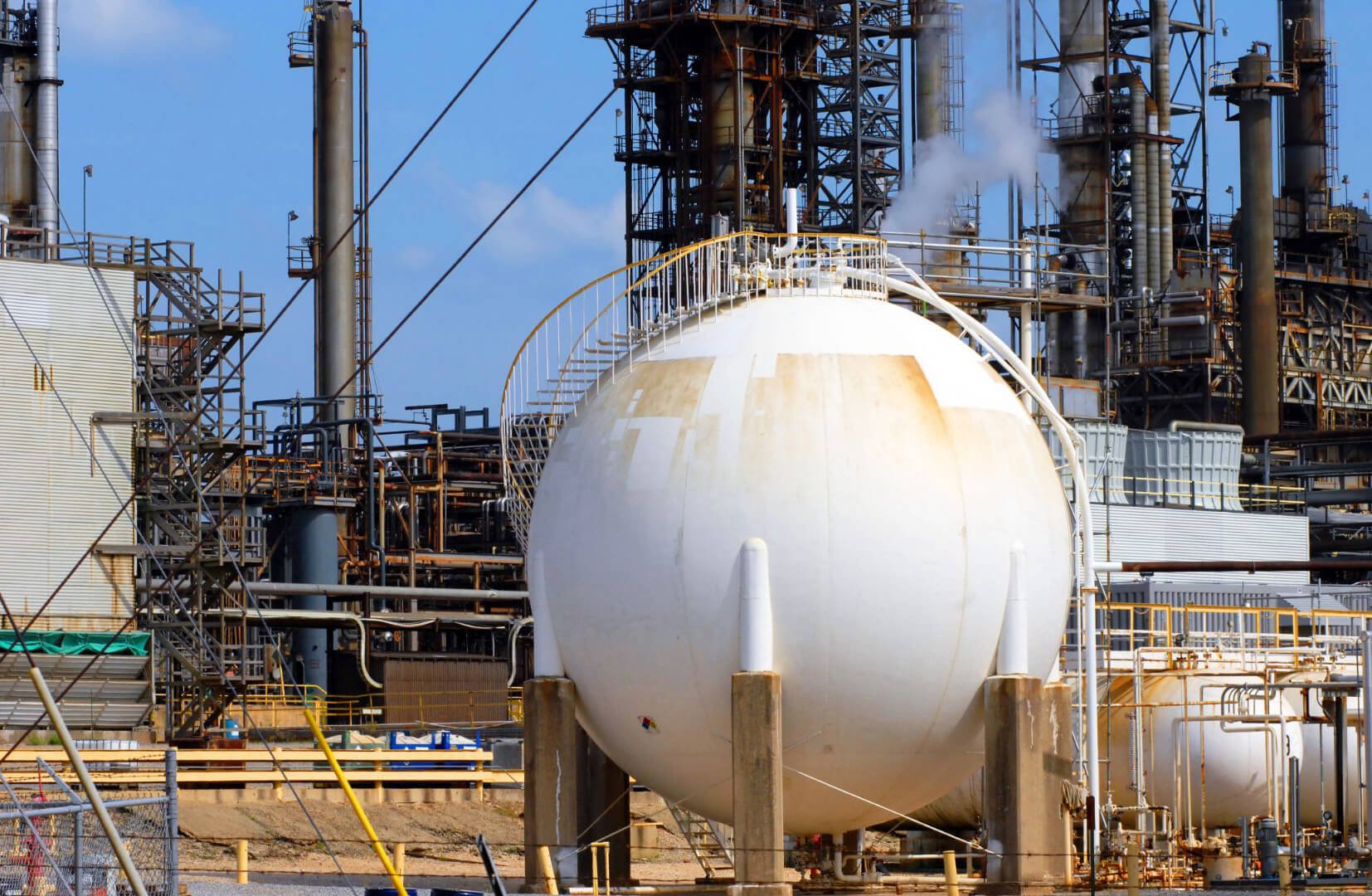| Diameter nominal (inci) | Diameter nominal (mm) | L (mm) | W (mm) | H (mm) – TT7110, TT8110, TT7112, TT8112 | H (mm) – TT7113, TT8113, TT7115, TT8115 | Berat kasar (lebih kurang kg) | ||
|---|---|---|---|---|---|---|---|---|
| 2 "" | 50 | 336 | 215 | 340 | 530 | 15 | ||
| 3 "" | 80 | 429 | 270 | 376 | 563 | 28 | ||
| 4 " | 100 | 487 | 296 | 435 | 601 | 55 | ||
| 6 "" | 150 | 651 | 395 | 545 | 755 | 108 | ||
| 8 "" | 200 | 803 | 496 | 628 | 859 | 174 | ||
| 10 "" | 250 | 935 | 596 | 732 | 980 | 241 | ||
| 12 "" | 300 | 1112 | 676 | 842 | 1130 | 340 | ||
Pengeluar injap teratas cina anda yang dipercayai
Yeevalve menghasilkan injap nafas, juga dikenali sebagai injap pelepasan vakum tekanan, yang merupakan injap penuh yang direka untuk aplikasi yang memerlukan pelepasan dan operasi buruan yang rendah di sekitar tekanan kerja maksimum yang dibenarkan oleh tangki penyimpanan. Injap ini direkayasa untuk mengaktifkan sepenuhnya dan stabil pada hanya 10% tekanan.
Seperti semua injap pelega tekanan/vakum Yeevalve, injap penuh ini mempunyai kadar pembuangan berhampiran sifar, membolehkan mereka menetapkan semula tekanan pratetap. Injap boleh didapati dalam pelbagai konfigurasi, termasuk pelepasan tekanan, pelepasan vakum, dan pelepasan vakum tekanan. Mereka juga ditawarkan dengan pilihan pemuatan yang berbeza seperti berat yang dimuatkan dan dimuatkan musim bunga, dan gaya struktur termasuk jenis integral dan berpecah. Pelbagai pilihan ini memastikan fleksibiliti untuk memenuhi keperluan sistem yang pelbagai sambil mengekalkan keselamatan dan kecekapan.
Lihat Produk Minta Sebut Harga